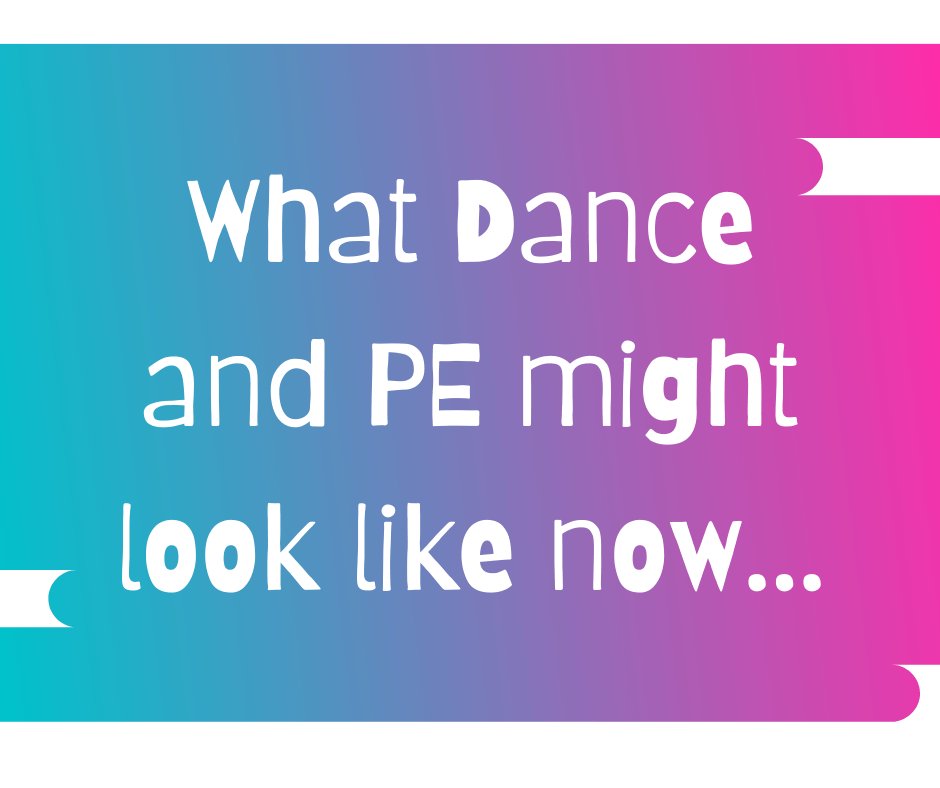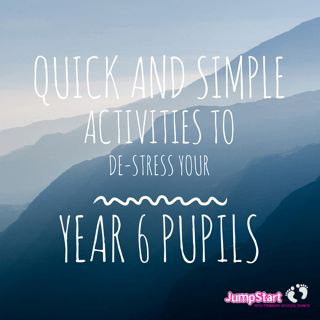If you've read the AfPE guidelines (or our recent blog about it here) you will…
How to lead a high quality dance warm up
Are you new to teaching dance to Primary School children? Or would you like more experience or fresh ideas? The following article will hopefully get you on track or provide new inspiration.
The way you approach a warm up will affect the tone of the entire dance class. If you start with energy, enthusiasm and confidence (and the right music) then you will win over even the most cynical of classes.
As you may already know, the aim of a warm up is to mobilise the joints, raise the heartbeat and body temperature, and stretch the muscles. With Key Stage 2 children, I tend to start a warm up marching with the toes and heels, then gradually build up the size of the action until it’s a full march with knees high and arms swaying. Other good actions include gently twisting the feet away from each other (so you’re widening the stance) and then reversing the action so the feet come back together. This will mobilise the ankle, knee and hip joints. Add actions for other parts of the body, such as the shoulders – you can create a complicated pattern that the children have to perform slowly at first, then faster and faster to increase the intensity and fun! For example: lift right shoulder, lift left shoulder, drop them both down, lift them both back up. Drop the right shoulder, drop the left shoulder, circle both shoulders backwards. It’s a bit like a movement tongue twister!
With Key Stage 1, I often start a warm up sitting on the floor, particularly if it’s a large (or lively!) group. I like using hand and arm actions, such as the hand jive, which get the wrists, elbows and shoulders mobilised. For example, tapping the fists together in a ‘mash potato’ action, bouncing thumbs above the shoulders (hitching a ride) and gliding one hand above the other. Hiding faces behind hands and then pulling different facial expressions is fun and helps to warm up the top half of the body. Observe your children during free play or break times and incorporate movements they do naturally as part of your warm up. Children are already full of brilliant warm up ideas and they’ll love recognising their own movements in your dance class. Or hand over the reigns and ask the children for ideas!
What’s really important with your warm up, regardless of the age you teach, is that it’s preparing the children for the main part of the activity ahead. If your session is about emotions, then in the warm up, I would include general facial expressions and maybe some gentle massage for the cheeks, jaws and forehead. If you’re exploring secret agents you could add in commando rolls, ducking and dodging, and sneaking around the room as part of your warm up.
Make sure you observe the children carefully during the warm up (and in the main part of the activity) as their bodies heat up much quicker than adults. Ensure you vary the intensity so that they have opportunity to cool off and make sure they have access to water throughout the class.
Finish the warm up with some dynamic stretches. Current research suggests that fluid stretching is more effective than static stretching as it’s more functional. So rather than holding still shapes, continuously move through stretched positions. For example, open out the arms and then hug yourself. Repeat several times without ‘holding’ the position.
Please let me know your own ideas for dance warm ups – I love being inspired by others!



